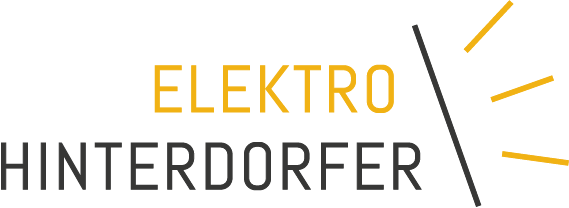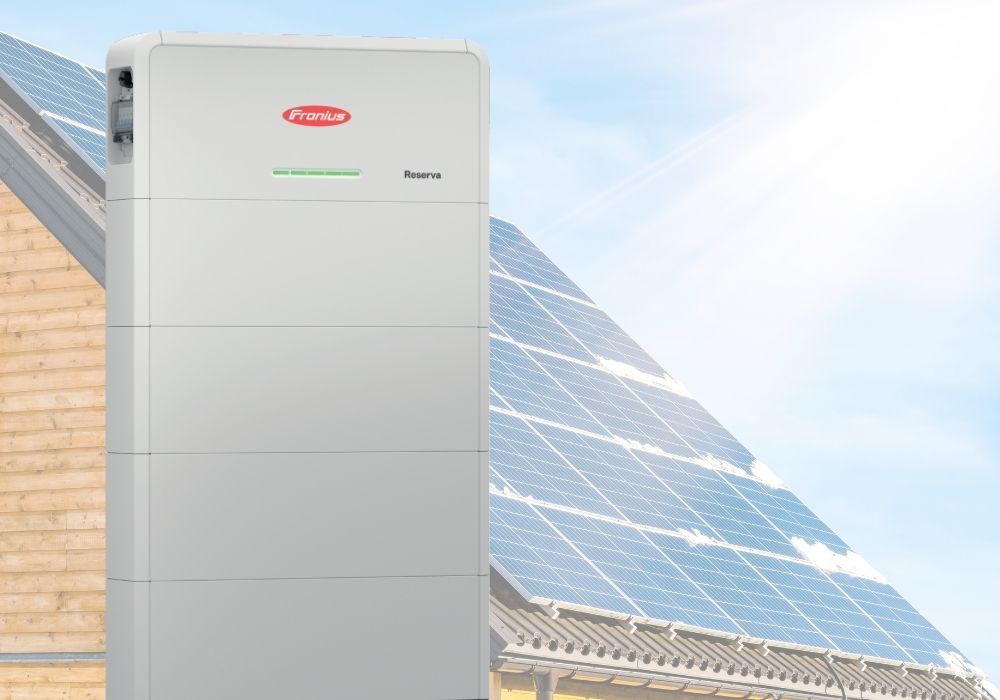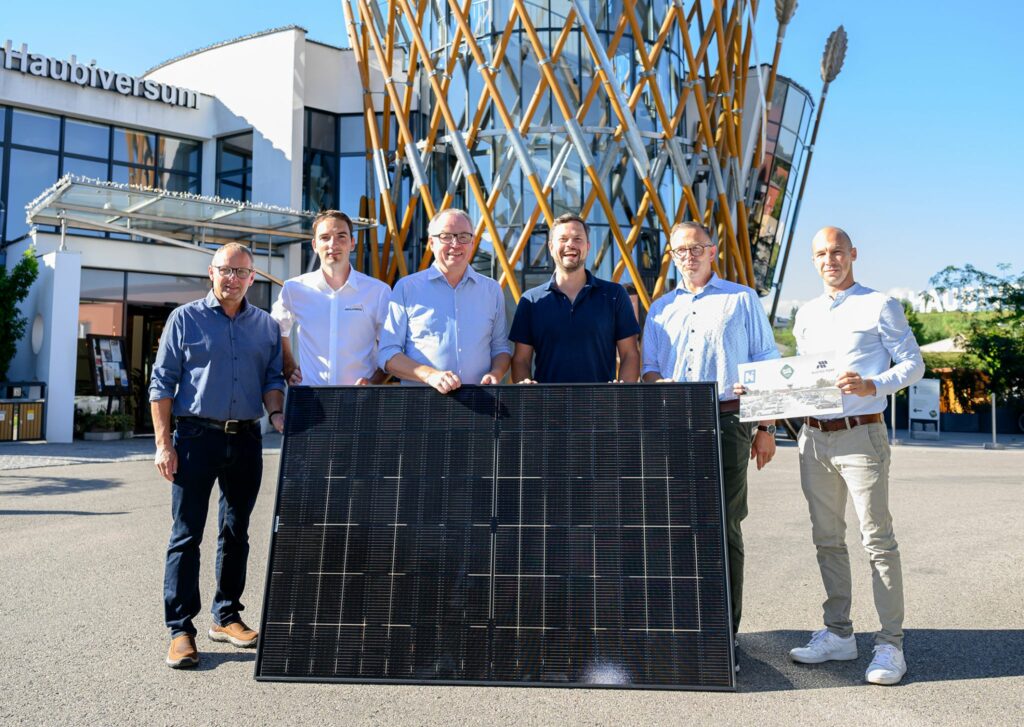Off-Grid as an technical term means the absence of public power supply. These are places that are not connected to the public grid. In our case this was the Steyrerhütte in Upper Austria. Designing an island system is not always easy: It is important to generate enough energy and not to lose sight of the economic efficiency. That’s why we first tried to estimate the energy consumption at the hut as accurately as possible. Our result was approx. 16kWh of required energy per day. The solar panels with a total output of 5.2 kilowatts can produce this energy for us even on a cloudy day.
Energy generated during the day is fed into the hut’s grid via a Fronius inverter. The batteries are charged by 3 SMA Sunny Islands with max. 18kW power. The batteries come from BYD and have a capacity of 23kWh. This allows you to vacuum for 23 hours, cook for 19 hours with a small hotplate or blow dry your hair for 12 hours. So there is a reserve for longer periods with bad weather. And this happens often on the mountain.

The weather in the mountains is fairly a challenge. At 1400m it can get a bit rougher. That’s why we have reinforced the assembly of the modules. With reinforced rails and closer spacing of the clamps. The cables on the roof are in aluminium tubes to protect the cables from hail and snow.
Off-Grid: Divide up the energy
Due to the limited amount of electricity, the operators have to manage the energy of the island system well. Only as much energy can be consumed as has been generated. In winter the days are shorter and the sun is lower. The yield of energy sinks with it. Therefore there is an app for the overview, which indicates the state of charge. Of course by smartphone. Even when the hut is empty. Which is a pity, of course, because it has the best roast ever made.



